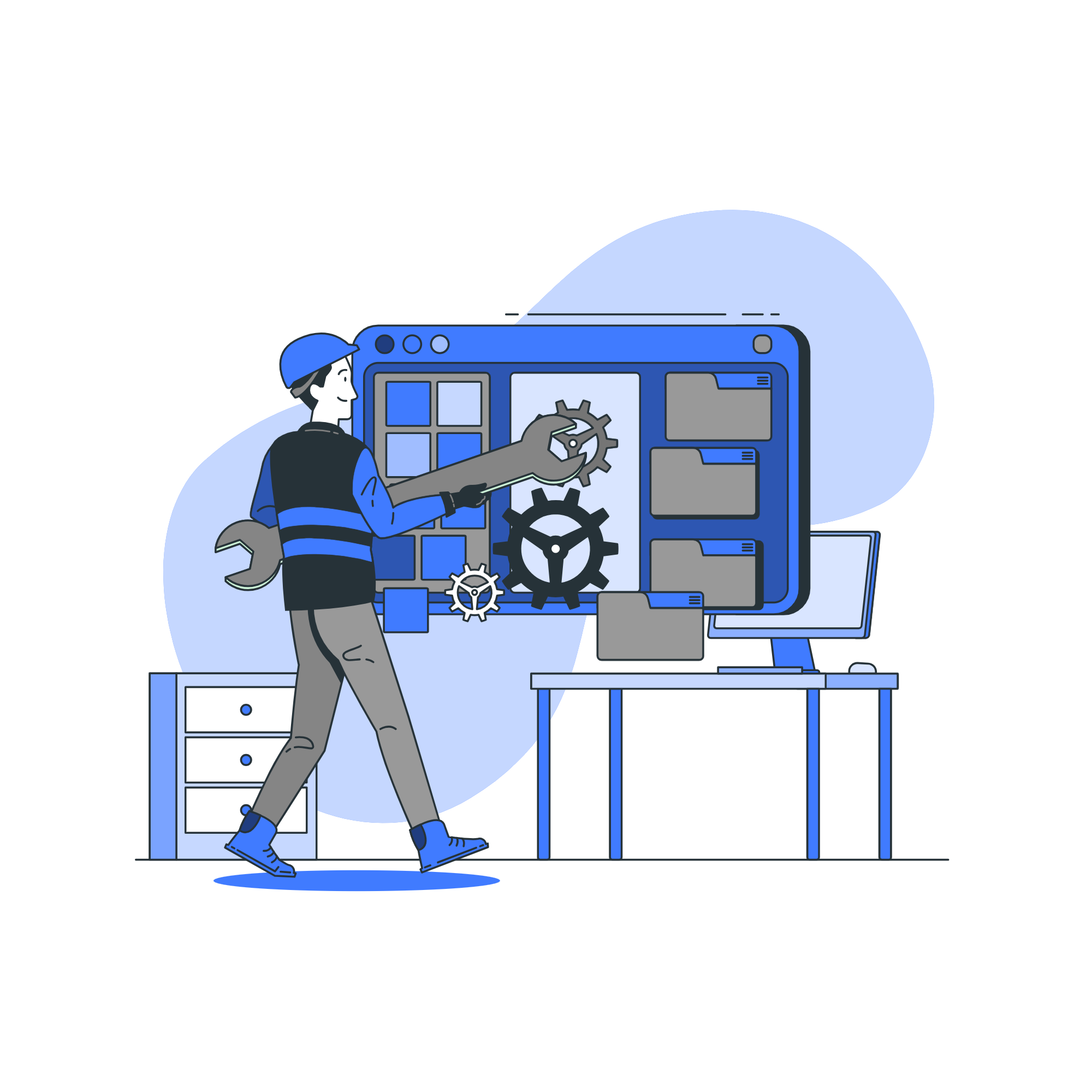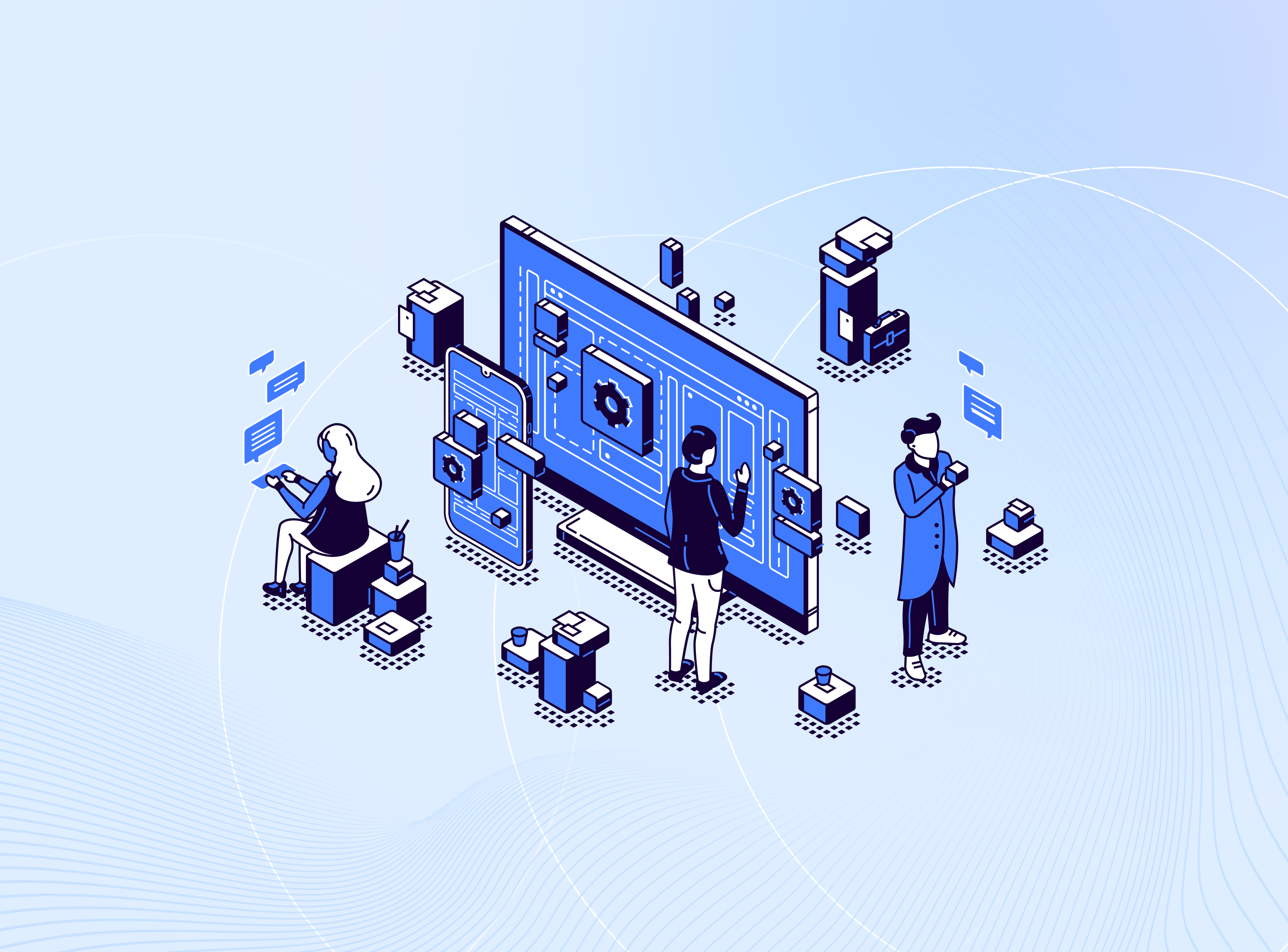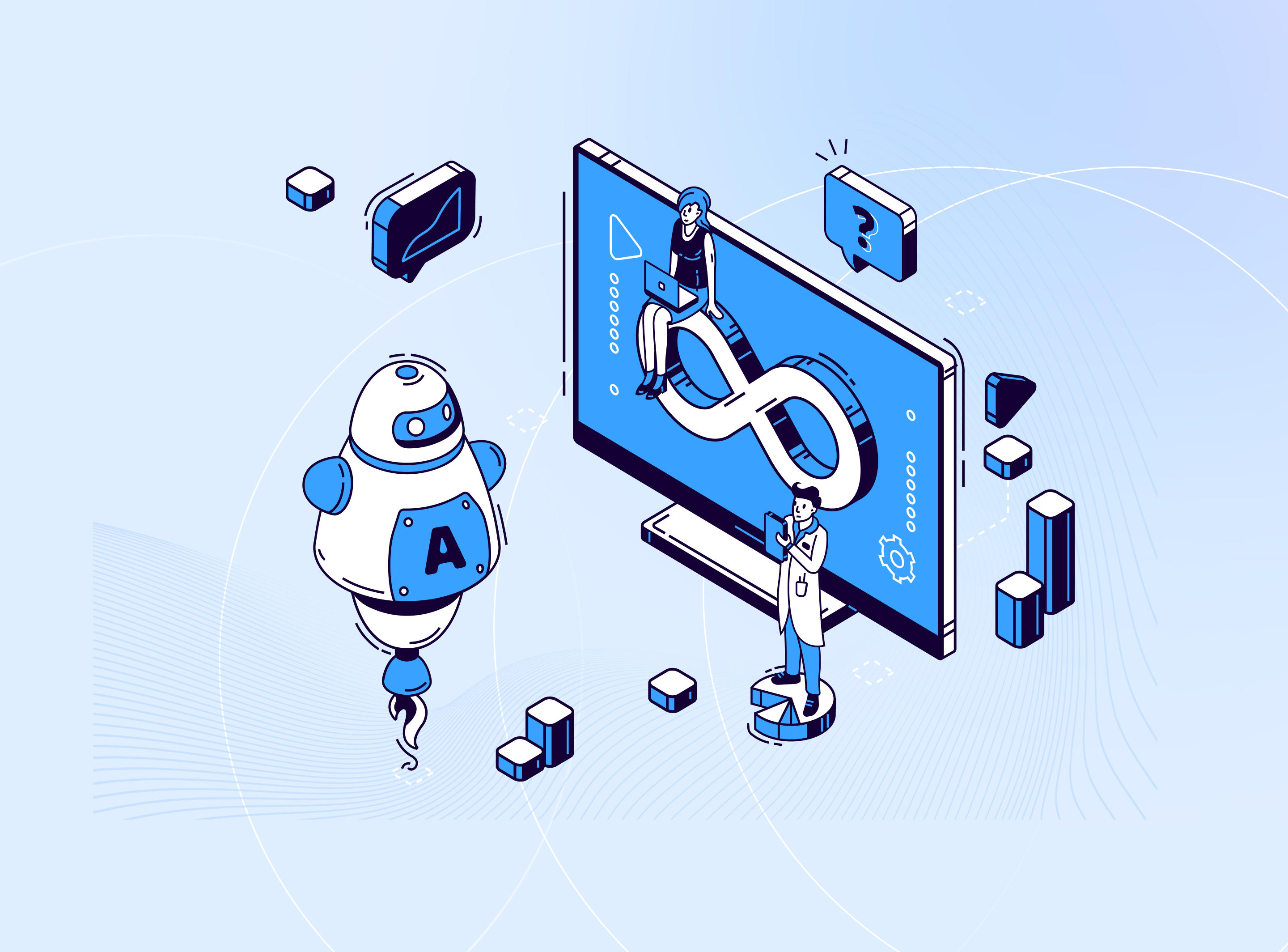Nailing MVP Feature Prioritization - The Key to Startup Success
Published on Sep 18, 2024
In the fast-paced world of startups, success often hinges on the ability to deliver a minimum viable product (MVP) that hits the sweet spot - satisfying both user needs and business objectives.
However, with scarce resources and unforgiving timelines, startups must walk a tightrope when carefully prioritizing which vital features will make the cut for their MVP.

Why Are Some Features More Important Than Others?
The core goal of an MVP launch is to validate the fundamental value proposition of a product idea with real customers as soon as possible. On the first launch of your product, it is important to capture potential customers’ attention by highlighting only the value proposition of your product through what makes it different from others. Any features that are best aligned with the value proposition, will be of high priority.
By prioritizing features, startups can:
- Save resources by avoiding building unnecessary features
- Prevent bloated products that lack a clear focus
- Enable faster design iterations and user testing cycles
How to effectively prioritize MVP features?
Effective MVP feature prioritization requires a thoughtful approach that combines user-centered design principles with business objectives. Here are some strategies to help.
- Conduct user research: Gain a comprehensive understanding of your target audience's pain points, goals, and preferences through surveys, interviews, and usability tests.
- Define user personas: Develop detailed profiles of your target users to guide feature prioritization decisions.
- Map user journeys: Identify key touchpoints and interactions users have with your product to prioritize features that improve their experience.
- Evaluate potential impact: Assess the likely positive impact each feature will have on user satisfaction, engagement, and overall business success.
- Consider technical feasibility: Determine the feasibility and complexity of implementing each feature within the available timeframe and resource constraints.
Moreover, it is crucial to involve cross-functional teams in the prioritization process to ensure alignment across different departments within the organization. By including representatives from product management, engineering, design, marketing, and customer support, you can gather diverse perspectives and expertise for well-rounded decisions.
Another important aspect to consider is the competitive landscape. Analyzing competitors' product offerings and identifying gaps or areas for differentiation in your MVP features can also provide valuable insights for prioritization.

Lessons Learned from MVP Prioritization
Throughout the journey of MVP feature prioritization, there are valuable lessons to be learned. Here are a few key lessons:
- Iterate and learn: Embrace a culture of experimentation and iteration, allowing you to continuously learn and improve your product.
- Validate assumptions early: Test your assumptions and validate them through user feedback and market insights to avoid building features that users don't find valuable.
- Stay agile: Be flexible and ready to adapt as new insights and data surface during the MVP development process.
- Involve users and stakeholders: Engage your target users and stakeholders throughout the prioritization process to ensure alignment with their needs and expectations.
By incorporating these lessons into your MVP prioritization process, you can increase your chances of success and create a product that resonates with your target audience.
Closing
Feature prioritization doesn't end with the launch of your MVP. You need to continuously iterate and refine your feature list based on feedback and data collected from your MVP launch and usage. After that, measure the impact of your features on key metrics, such as user satisfaction, retention, revenue, or growth. As the market grows, identify new opportunities, challenges, or changes in user behavior.
If you are looking for seasoned startup insights, let FABA Technology offer you a hand. Check out how we have helped businesses realize their ideas and reach out to us at https://fabatechnology.com/contact-us











